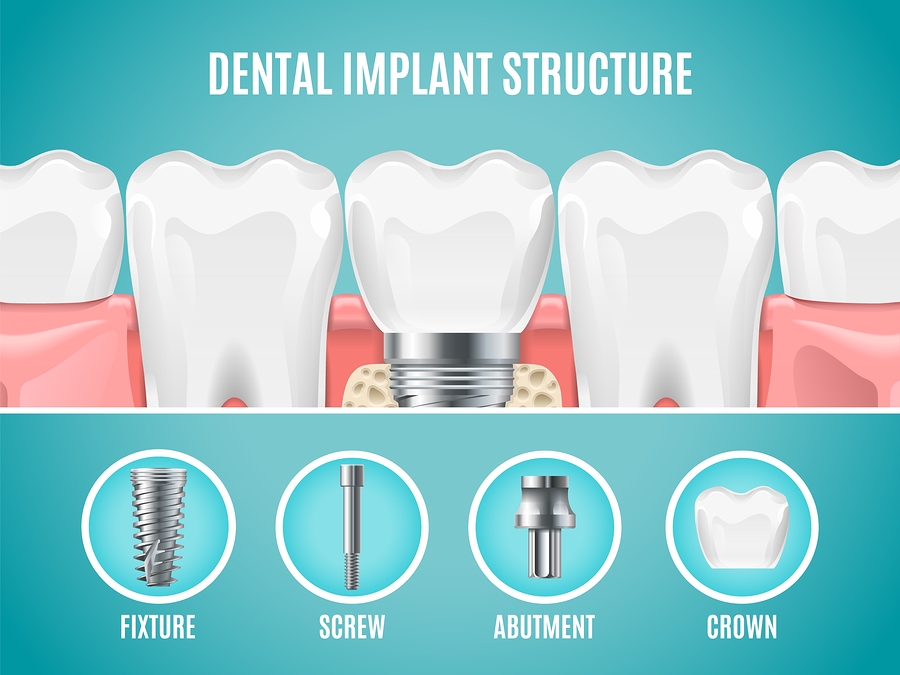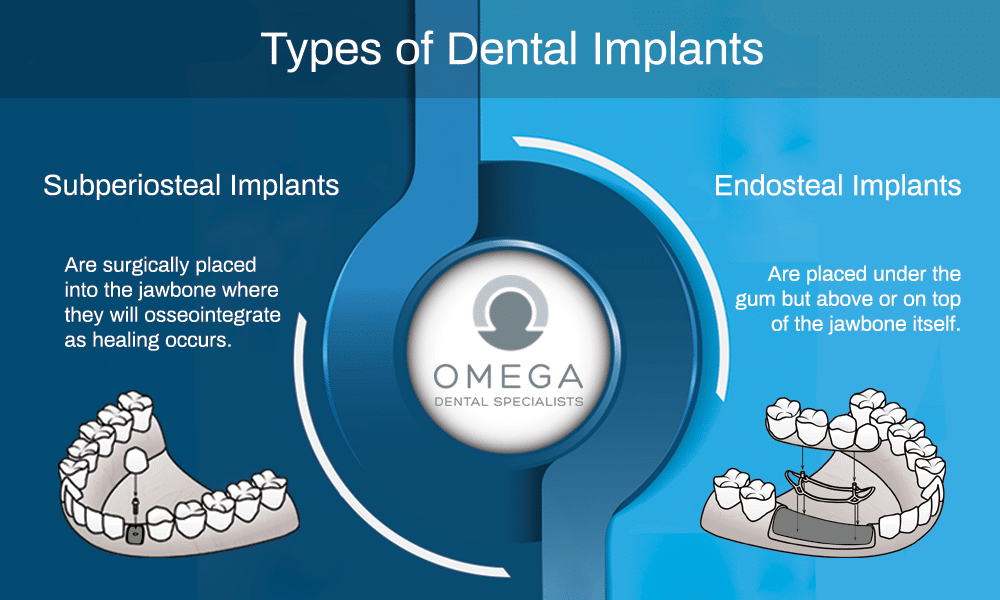Dental Sense - Questions
Table of ContentsThe smart Trick of Dental Sense That Nobody is Talking AboutThe Only Guide to Dental SenseThe Ultimate Guide To Dental SenseLittle Known Facts About Dental Sense.
are clinical tools surgically dental implanted right into the jaw to bring back a person's capability to chew or their appearance. They supply assistance for synthetic (phony) teeth, such as crowns, bridges, or dentures. When a tooth is lost as a result of injury or disease, an individual can experience difficulties such as quick bone loss, defective speech, or changes to eating patterns that lead to discomfort.Oral implant systems include a dental implant body and oral implant abutment and might also include an abutment addiction screw. Kids dental. The oral implant body is operatively placed in the jawbone in place of the tooth's origin. The oral implant joint is typically connected to the dental implant body by the joint addiction screw and prolongs through periodontals into the mouth to support the connected synthetic teeth
(https://www.openstreetmap.org/user/dentalsense1)Framework of The Dental Implant System selecting oral implants, talk with your dental company regarding the potential benefits and threats, and whether you are a candidate for the treatment. Points to consider: Your overall health and wellness is an essential consider establishing whether you are a great prospect for dental implants, for how long it will take to recover, and the length of time the dental implant may remain in area.
Cigarette smoking may impact the recovery procedure and reduce the long-lasting success of the implant. The healing process for the implant body might take numerous months or longer, during which time you typically have a momentary joint instead of the tooth. the oral implant procedure: Very carefully follow the dental hygiene instructions provided to you by your oral service provider.
The Of Dental Sense
Implant failing can lead to the demand for one more operation to deal with or change the implant system. Brings back the ability to chew Recovers aesthetic appearance Helps keep the jawbone from reducing due to bone loss Protects the health of the surrounding bone and gum tissues Helps keep surrounding (close-by) teeth steady Improves lifestyle Damage to bordering all-natural teeth during implant positioning Injury to the surrounding cells during surgery, such as sinus opening Injury during surgical procedure (as an example, crack of bordering jawbone) Insufficient function, such as feeling like the teeth do not attack with each other typically A feeling that the tooth hangs or twisting in position resulting from a joint screw loosening up Implant body failing (looseness of the implant body) as a result of systemic infection, which might be extra most likely in patients with uncontrolled diabetics issues due to regional infection in bone and gums supporting the dental implant body as a result of postponed recovery, which might be more probable in individuals that smoke Problem cleansing the gums around the dental implant, leading to inadequate dental health Untreated gum illness Post-surgical numbness due to nerve impingement or damages Always notify healthcare providers and imaging professionals that you have dental implants before any magnetic vibration imaging (MRI) or x-ray procedures.
FDA is not knowledgeable about any kind of adverse events reported for MRI or x-ray procedures with oral implants. Oral implants systems are normally made of materials that comply with worldwide agreement standards of the International Organization for Standardization (ISO) or ASTM International. These requirements have details of what makes a risk-free material.

An oral implant is a framework that replaces a missing out on tooth. With screw-like devices, the surgeon inserts an implant right into the jawbone, and it acts as an anchor for a man-made tooth, websites called a crown.
What Does Dental Sense Do?
Some people are not eligible for dental implant surgical treatment. It is for dental cosmetic surgeons to run on people with: severe illnessuncontrollable metabolic diseasebone or soft tissue disease or infectionIf these issues are dealt with, a person can have the surgery. In, dental doctors avoid operating individuals with: If individuals with any of the above go through dental implant surgery, there is a greater risk of the implant failing.

Oral dental implant surgery is a tailored procedure. Give you time to recover. Attach the article and last crown, bridge or denture.
Next, your doctor will meticulously put the dental implant right into your jaw. Your surgeon will rearrange your periodontals and shut the incision with stitches. If your dental implant is near the front of your mouth, your dental professional will make a momentary tooth for you to wear up until you recover. In this way, you will not have a gap in your smile while you recover.
Examine This Report about Dental Sense
Throughout the recovery stage, your jawbone needs to fuse to the dental implant. This process can take anywhere from 3 to nine months.
Once your dental implant heals, your dental practitioner can attach the abutment (small connector message) and your last restoration (crown, bridge or denture). This generally takes concerning one hour to complete and may call for a 2nd minor surgery. You should not feel any pain throughout your oral implant treatment due to the fact that your service provider will certainly use medication to numb your periodontals.